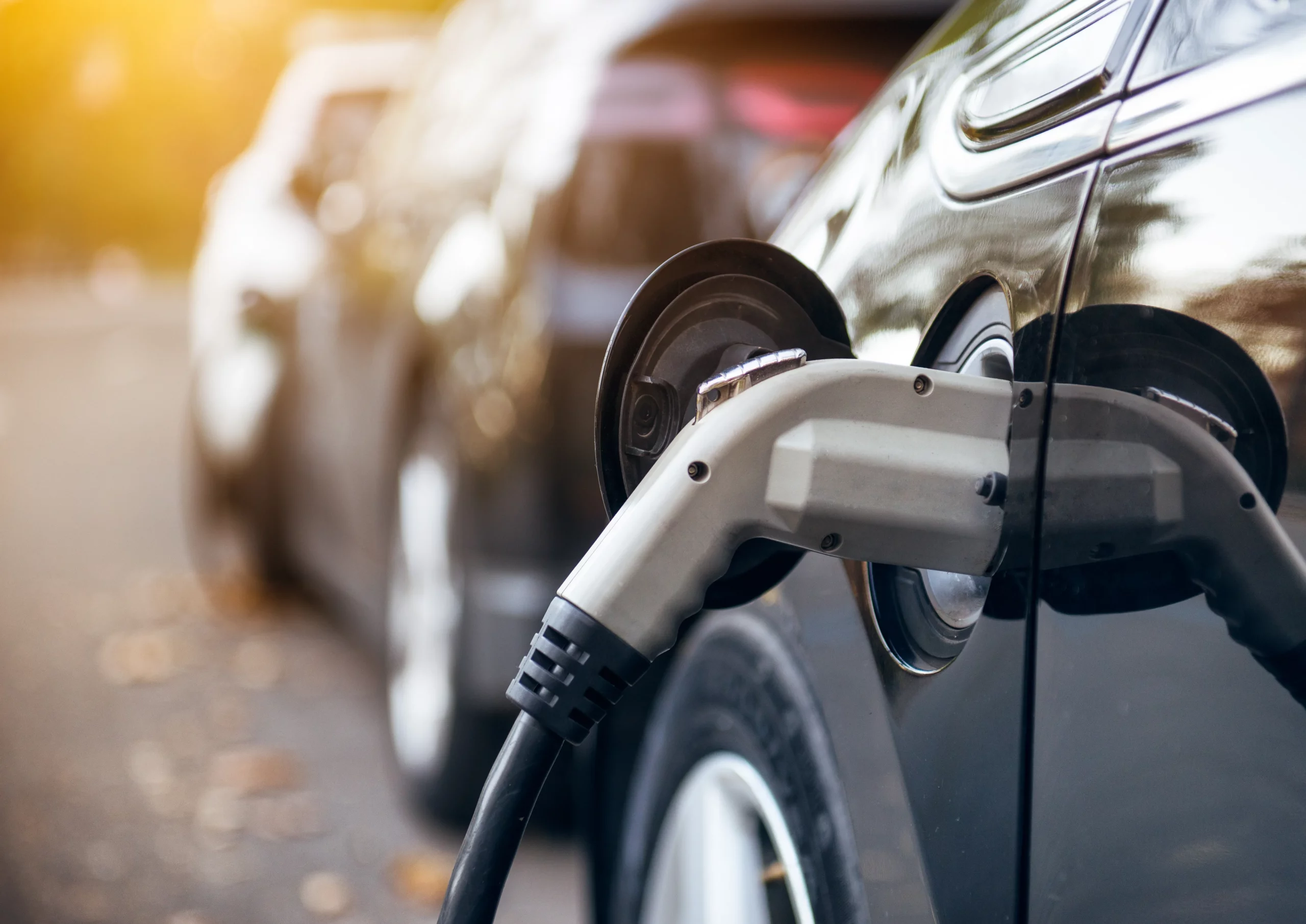S h a r e
Electric vehicles: unplugged or switched on?


Posted by
Martin Brown
February 2013
I have to say, I’m genuinely intrigued by BMW’s new i brand, and particularly the new BMW i3.
Not heard of it? It’s BMW’s electric small car built for so-called megacities.
Or, as BMW puts it, the very first electrically powered premium vehicle. It’s due here later this year.
I just feel that if anyone can make electric vehicles work – known as EVs – then it must be BMW.
But BMW will be swimming against the current if the i3 is a success.
EVs have not been the great saviour of the motor industry – or the planet – as they were once hailed, mainly due to their limited range (about 80 miles before a recharge is required).
And while there have been individual stories of businesses using EVs successfully, such as the Bruichladdich distillery on the island of Islay distillery with the Nissan Leaf, sales have been disappointing.
Only some 50,000 Leafs have been sold across the world, while Nissan missed its US target of 20,000 sales by over 50%.
And when former Volvo Cars chief, Stefan Jacoby, goes public with a highly sceptical view of EVs, then you have to take notice.
Mr Jacoby reckons that fear – fear of a dead battery – is the key to the failure of EVs to engage.
“If the battery goes down on their cell phone people feel really bad. If it’s your car in the middle of a traffic jam you will feel even worse,” says Mr Jacoby.
And not only that fear of running out of juice; but price too, is an issue, reckons Mr Jacoby.
The rise of petrol and diesel hybrids, along with plug-in hybrids and range-extenders, provide low emission fleet transport without the fear factor of running out of charge. And I suspect, as technology progresses, they will play an even greater part in the future fleet model mix.
So do have EVs have a future? Well, of course they do, but perhaps not as significant as some industry pundits might have once led us to believe.
I do see a role for EVs in urban cities as part of an integrated network, providing emission-free motoring where distance – ie the fear factor of running out of charge – is unlikely to be an issue.
But for mainstream fleet use, the current mix of diesel cars and hybrids – plus some of the opportunities presented by small size/high output low emission petrol engines typified by Ford’s 1.0-litre EcoBoost unit – will continue to take centre ground.
As they will, I suspect, for some time to come.
You also might like…
If you liked this article then check out our posts about similar topics
What makes Fleet Alliance a winner in the SME fleet sector?
We all like an award, an additional trophy for the cabinet - the recognition is important and it’s always good to rece...
10 great cars to have on salary sacrifice 2025
Employers and employees are really catching on to salary sacrifice because you can drive a brand new electric car (EV) a...
How changes to the ZEV mandate can help on the decarbonisation journey
With media headlines stuffed full of tariffs and their impacts on the UK and the world economy, it is perhaps little won...
Is an electric car on salary sacrifice too good to be true?
Short answer: no But you probably want something more reassuring than that So let’s go If you were to lease an e...
Changes to Vehicle Excise Duty and the Luxury Car Tax for electric cars
Electric car (EV) customers need to be aware of two important changes to Vehicle Excise Duty (VED) - more commonly known...
An opportunity for fleets to electrify vans
Cars have been the easy part of fleet decarbonisation Conducive benefit-in-kind taxation has persuaded company car drive...
Volvo ES90 Review: The Future of Electric Luxury
The electric revolution shows no sign of slowing, and Volvo is making its next decisive move with the all-new ES90 – a...
Make your fleet run like clockwork
Imagine a fleet that runs like clockwork—where leasing and sub-contractor costs are under control, and managing everyt...
Ready to make the management of your fleet more efficient?
Request a call back
